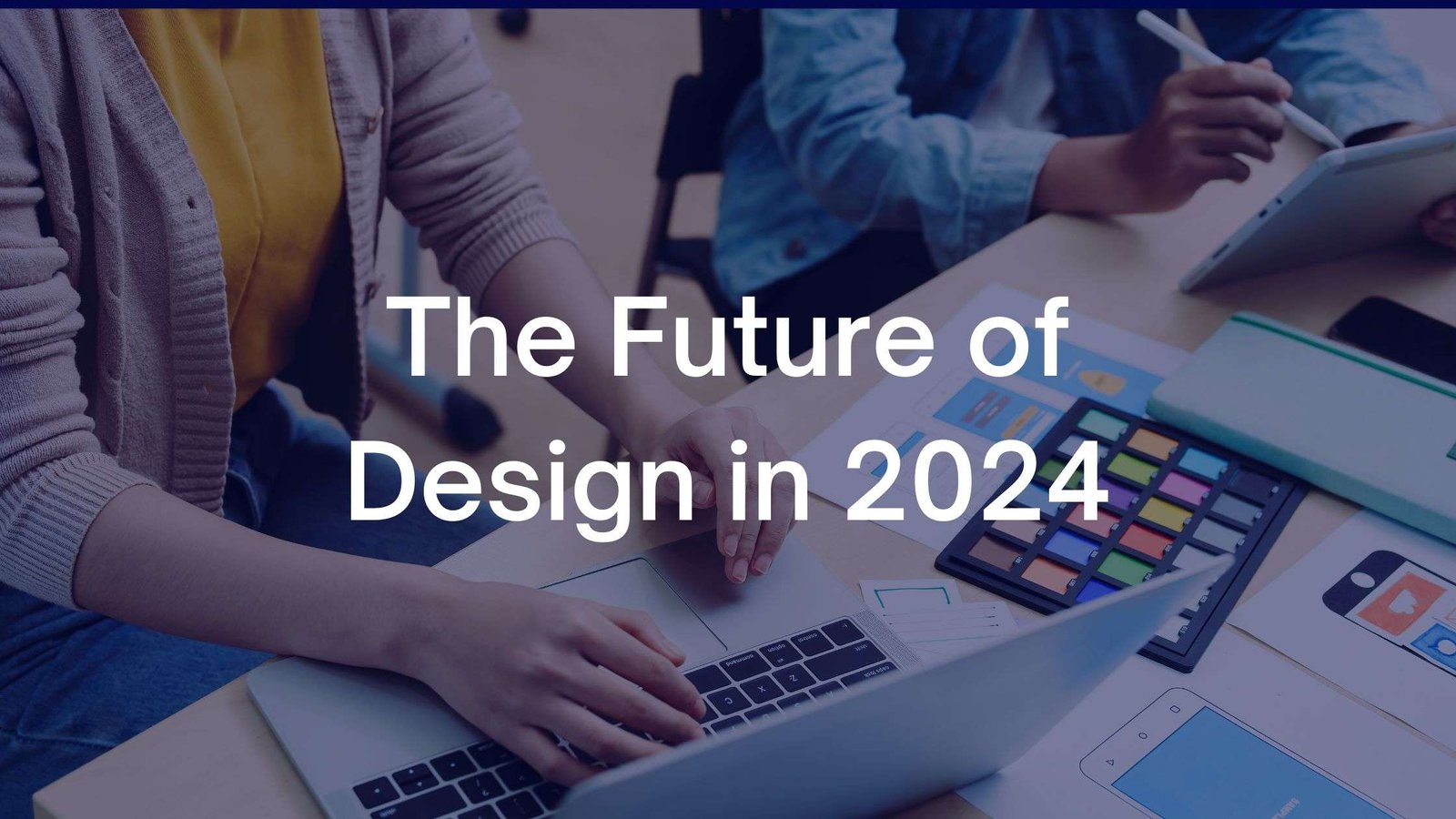Exploring the Future of Design: AI and Automation in 2024


Design has always been an integral part of human civilization, shaping the way we interact with the world around us. From ancient cave paintings to modern digital interfaces, the evolution of design has been a reflection of our cultural, technological, and artistic advancements. In today’s digital age, the role of artificial intelligence (AI) and automation in design is becoming increasingly significant, revolutionizing the way we create and experience design. This article delves into the transformative impact of AI on the design industry and explores the possibilities and challenges it presents.
Artificial intelligence, once a concept relegated to science fiction, has now become a practical and powerful tool in the hands of designers. AI algorithms have the ability to analyze vast amounts of data, identify patterns, and generate insights that can inform and enhance the design process. From graphic design and user interface (UI) design to architectural and industrial design, AI is making its presence felt across diverse domains.
One of the most prominent applications of AI in design is the use of generative design algorithms. These algorithms leverage machine learning to explore countless design options based on specified parameters, enabling designers to rapidly generate and evaluate numerous iterations. This not only accelerates the design process but also opens up new possibilities that may not have been conceivable through traditional methods.
Far from replacing human creativity, AI is augmenting and amplifying the creative capabilities of designers. By handling repetitive and time-consuming tasks, such as layout optimization or color palette selection, AI frees up designers to focus on higher-level conceptualization and problem-solving. This shift allows for a more profound exploration of innovative ideas and fosters a design environment where human ingenuity is complemented by machine intelligence.
Moreover, AI-driven insights derived from analyzing user behavior and preferences are empowering designers to create more personalized and user-centric experiences. By harnessing data-driven design recommendations, designers can tailor their creations to better resonate with the intended audience, ultimately leading to more impactful and engaging designs.
As AI continues to permeate the design landscape, it raises pertinent ethical and practical considerations that warrant careful examination. The use of AI in design necessitates a thoughtful approach to issues such as data privacy, algorithmic bias, and the potential displacement of human designers. Designers and industry stakeholders must actively address these concerns to ensure that AI is wielded responsibly and ethically.
Furthermore, the integration of AI tools into design workflows requires a reevaluation of traditional skill sets and professional roles. Designers are increasingly expected to possess a nuanced understanding of AI technologies and to adapt to collaborative work environments where human-AI partnerships are the norm. This evolution underscores the importance of integrating AI education and training within design curricula and professional development initiatives.
Embracing the potential of AI in design necessitates a proactive stance towards adaptation and learning. Designers who are open to upskilling and embracing AI-driven tools will be better positioned to thrive in a rapidly evolving industry. Moreover, fostering a culture of interdisciplinary collaboration between designers, data scientists, and AI specialists can lead to the co-creation of innovative solutions that harness the strengths of both human and machine intelligence.
Ultimately, the future of design lies at the intersection of human creativity and AI-enabled capabilities. By leveraging AI to automate routine tasks, derive actionable insights, and push the boundaries of design, the industry is poised to embark on a new era of innovation and expression.
The integration of artificial intelligence into the design industry is not a passing trend, but a transformative force that is reshaping the way we create, innovate, and interact with the designed world. From generative design and data-driven decision-making to enhanced user experiences and ethical considerations, AI is leaving an indelible mark on the design landscape.
As designers and industry stakeholders navigate this evolving landscape, it is crucial to embrace the opportunities presented by AI while addressing the associated challenges. By fostering human-AI collaboration, investing in AI-driven education and training, and upholding ethical principles, the design community can unlock the full potential of this technology and shape a future where design and AI work in harmony.
The future of design is undoubtedly AI-powered, but it is also one that will be driven by the ingenuity, creativity, and problem-solving prowess of human designers. By harnessing the synergies between human and machine intelligence, the design industry can push the boundaries of what is possible, delivering innovative solutions that enrich our lives and transform the way we engage with the world around us.
© Visions Creative 2024. All rights reserved.
